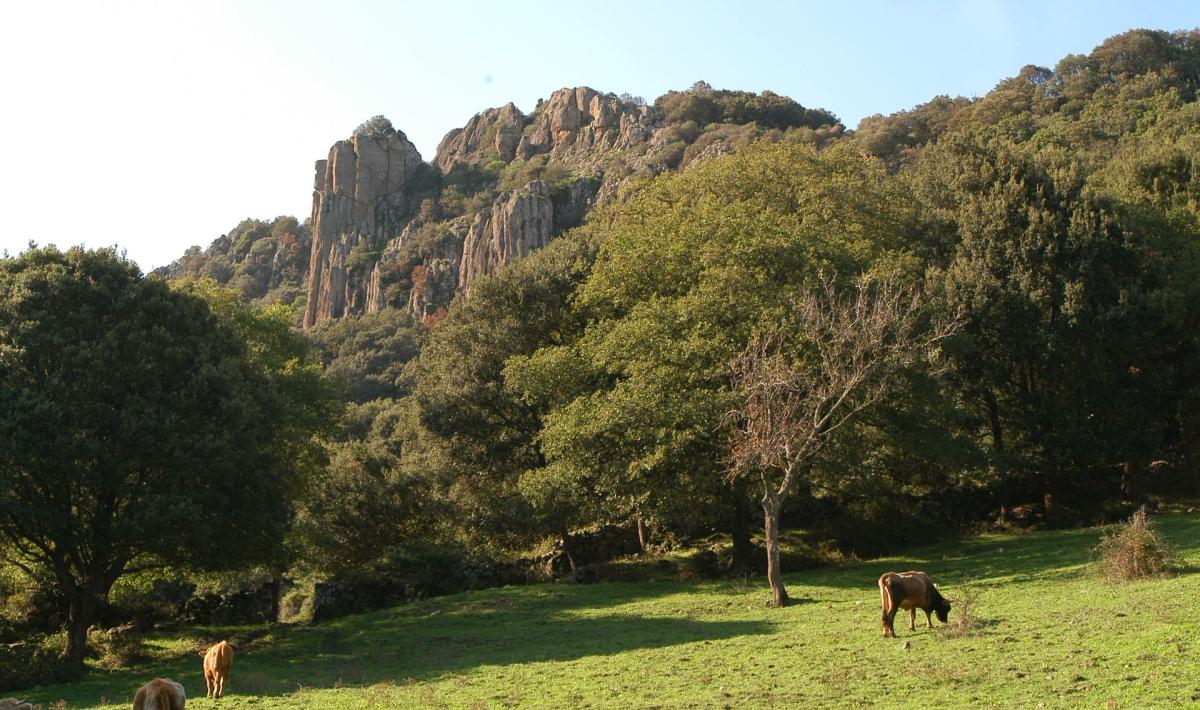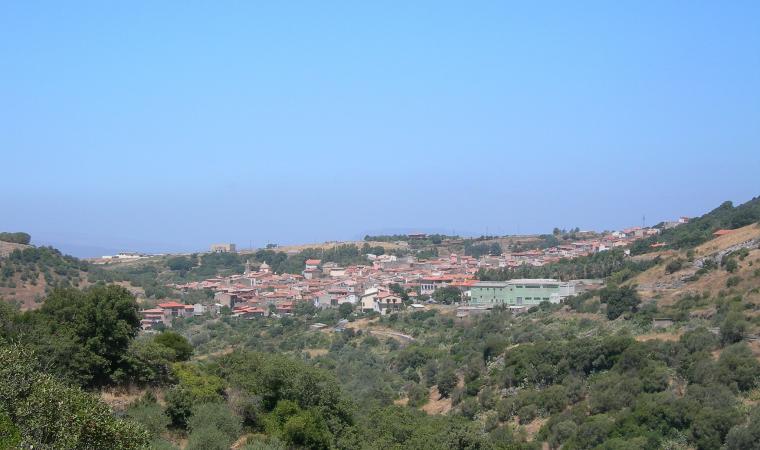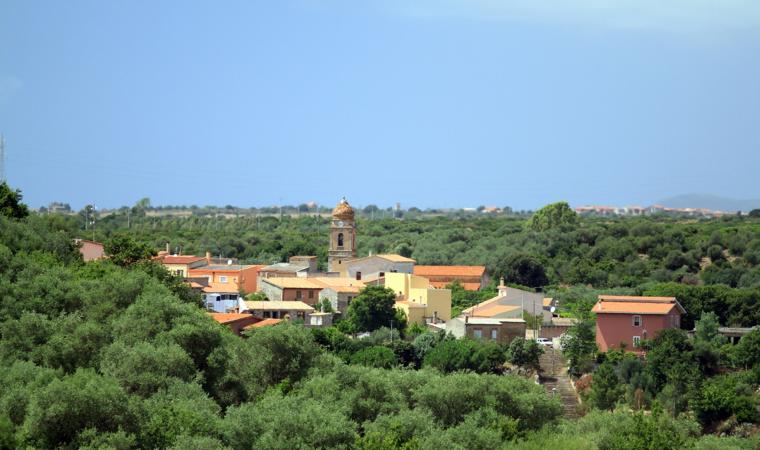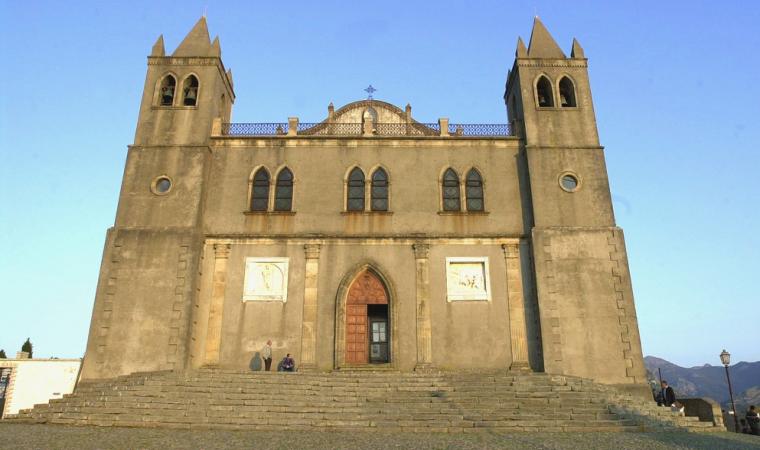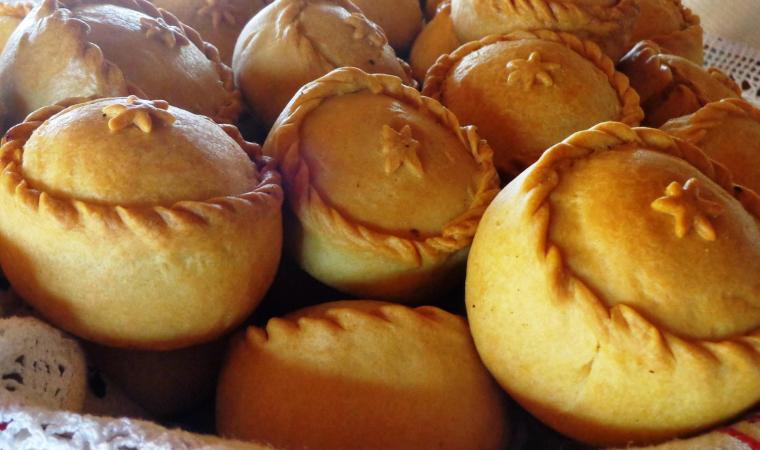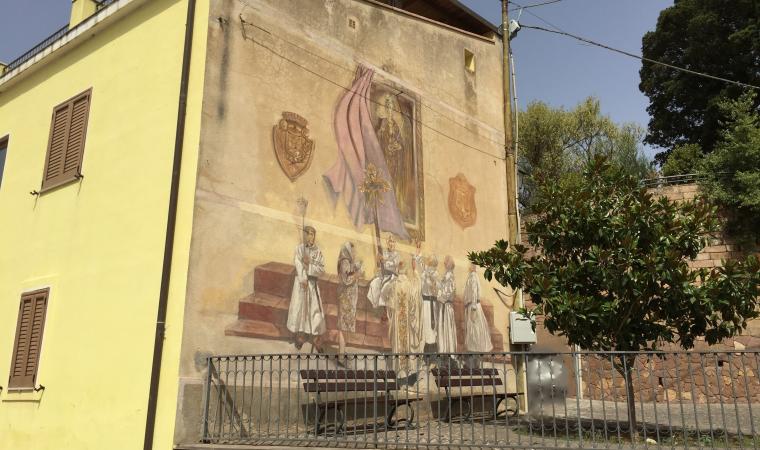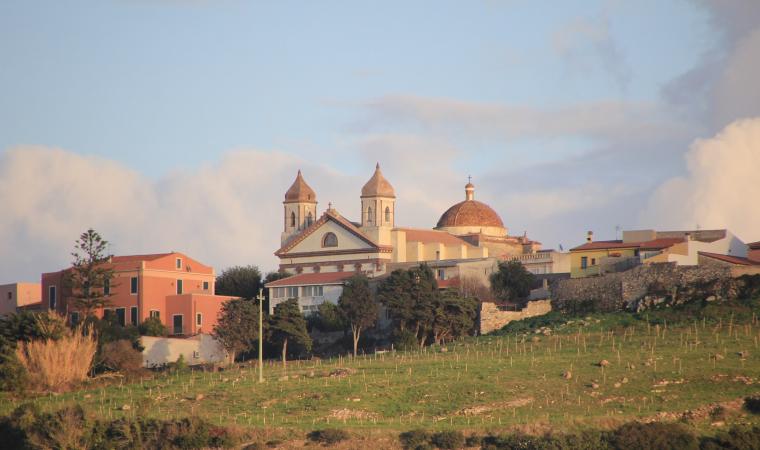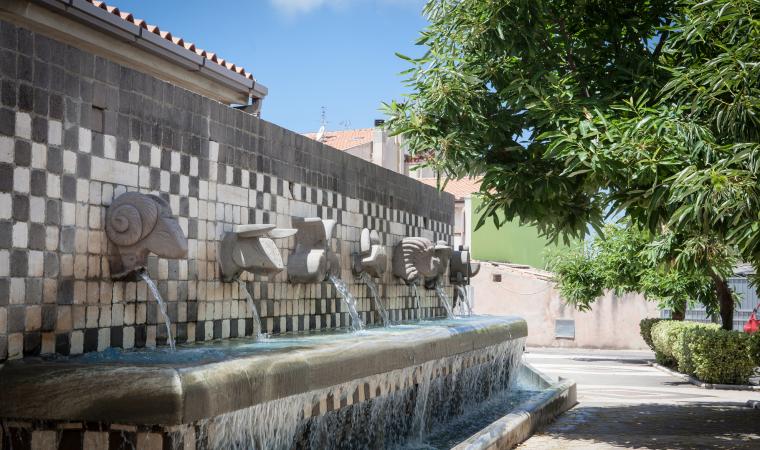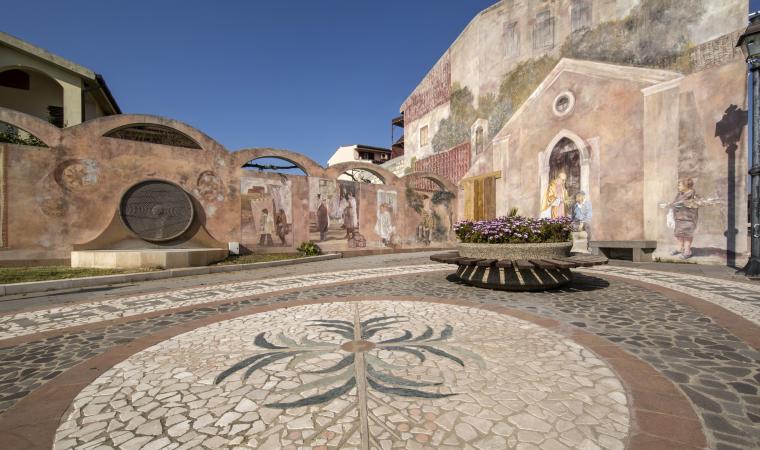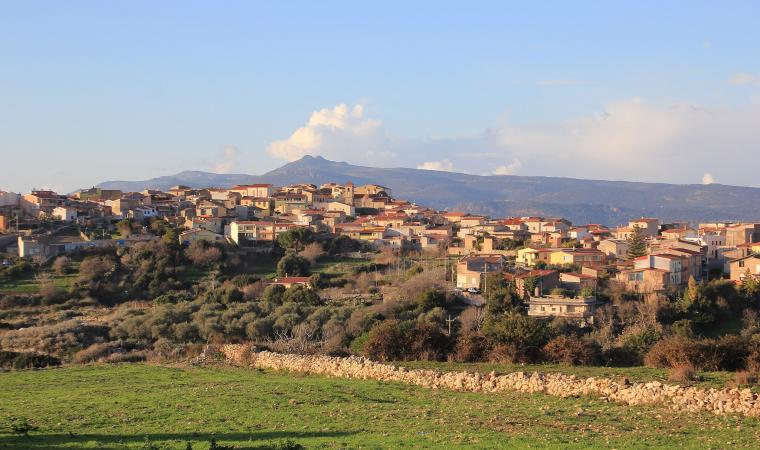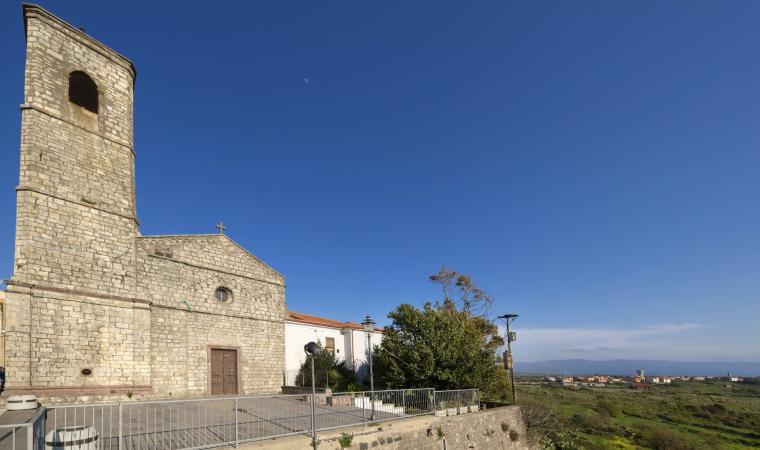It is the largest volcanic complex on the Island and has a fascinating variety of landscapes, from sheer rock faces high up above the sea to slopes that gently descend towards the inland plateaus. In between, there are woods, springs, waterfalls, castles and archaeological treasures, as well as a wealth of wildlife. Montiferru is a massif with a perimeter extending into the territories of five municipalities: Bonarcado, Cuglieri, Santu Lussurgiu, Scano di Montiferro and Seneghe. Its morphology is the result of the volcano’s lava flows that occurred millions of years ago and ‘designed’ basaltic landscapes like the cliffs of the western coast and the eastern plateaus, including that of Abbasanta. The highest peak of the massif is Monte Urtigu, at 1050 metres: from its summit, on clear days, you can see both the island of Asinara to the north and Sella del Diavolo (Devil's Saddle) on the Cagliari coast.
The vegetation is dominated by holm oaks, but you will also see cork oaks, yew trees, holly and downy oaks. The massif is the habitat of wild boars, wild cats, foxes and a few mouflons, which have been reintroduced into the Pabarile area. The red ox is also bred in Montiferru. It is a species belonging to the Sardinian-Modicana breed. A circular route allows you to walk or cycle around the peaks of the complex, admiring breathtaking views, as your eyes move from the sea to the rocky ridges in no time. You can set off from Badde Urbara or from Elighes Uttiosos, walking on phonolites, which are called perdas sonadoras (sounding stones) here, and will emit sounds when you step on them. You will also pass by archaeological evidence, such as the single-tower nuraghe Ruju and the megalithic wall of Straderis or Giolza.
There is no lack of points of interest around its slopes: a few kilometres from Santu Lussurgiu lies San Leonardo di Siete Fuentes, a place where you can visit a village with an ancient church, immersed in a forest with springs of very pure water. On the border of Bonarcado, the spectacular waterfall of sos Molinos flows. It’s a fairy-tale place with a picturesque mill next to it. A real dive into the past awaits you a short distance from Santa Caterina di Pittinuri: here stand the ruins of the ancient city of Cornus, of Punic origin, and the settlement of Columbaris, the ‘heart’ of Christianity in the late Roman era. Along the coast there are ‘natural’ monuments for you to admire: s’Archittu, Cabu a limestone arch overlooking the beach of the same name, and, further north, the spectacular waterfall overlooking the sea of Cabu Nieddu. Among the ruins of Casteddu Ezzu, about 3 kilometres from Cuglieri, you can ‘dive’ into the medieval period of the Judicates, in an atmosphere of great charm and fascination.

